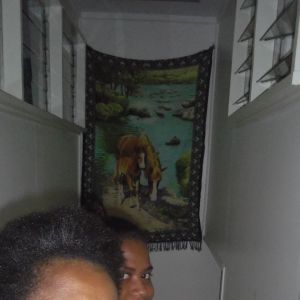
WEIGHT: 57 kg
Bust: SUPER
One HOUR:150$
NIGHT: +80$
Sex services: Massage classic, Strap-ons, Ass licking, Gangbang / Orgy, Striptease amateur

The disappointing Brewster Buffalo was withdrawn in favor of the Wildcat and replaced as aircraft became available. Lessons learned from the Wildcat were later applied to the faster F6F Hellcat. While the Wildcat had better range and maneuverability at low speed, the Hellcat could rely on superior power and high speed performance to outperform the Zero.
From on, production of the Wildcat in fact nearly three quarters of its the total production was subcontracted to a purposely established division of General Motors : the Eastern Aircraft Division.

Grumman fighter development began with the two-seat Grumman FF biplane. The FF was the first U. The wheels retracted into the fuselage , leaving the tires visibly exposed, flush with the sides of the fuselage. Two single-seat biplane designs followed, the F2F and F3F , which established the general fuselage outlines of what would become the F4F Wildcat.
In , while the F3F was still undergoing flight testing, Grumman started work on its next biplane fighter, the G At the time, the U. Navy favored a monoplane design, the Brewster F2A-1 , ordering production early in However, an order was also placed for Grumman's G given the navy designation XF4F-1 as a backup in case the Brewster monoplane proved to be unsatisfactory. The unusual manually-retractable main landing gear design for all of Grumman's U.

Navy fighters up to and through the F4F, as well as for the amphibious Grumman J2F utility biplane, was originally created in the s by Leroy Grumman for Grover Loening. The overall performance of Grumman's new monoplane was felt to be inferior to that of the Brewster Buffalo. The XF4F-2 was marginally faster, but the Buffalo was more maneuverable. The Buffalo was judged superior and was chosen for production. France also ordered the type, powered by a Wright R "Cyclone 9" radial engine, but France fell to the Axis powers before they could be delivered and the aircraft went instead to the British Royal Navy, who christened the new fighter the Martlet.



































